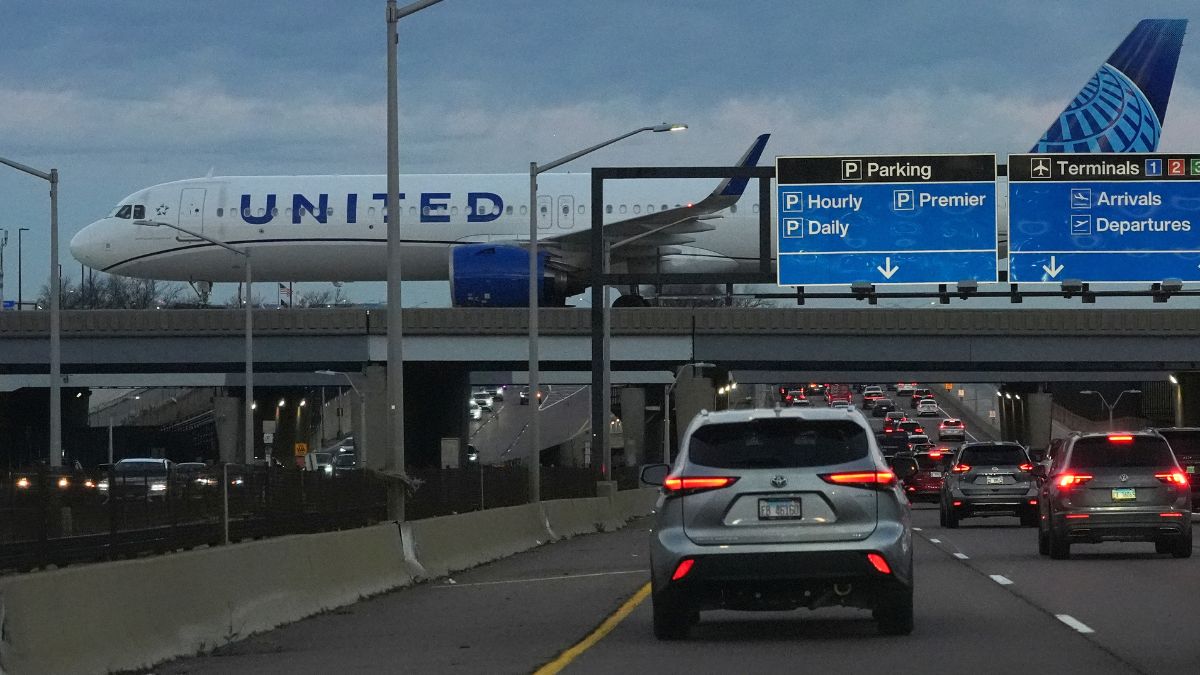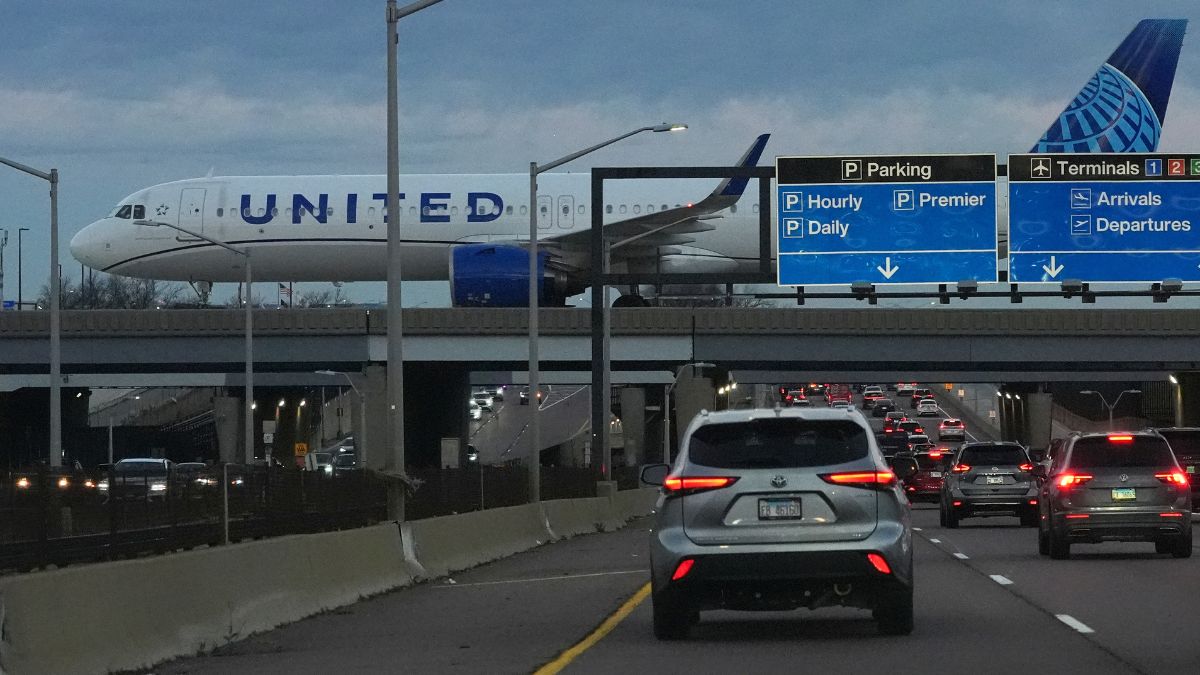US President Donald Trump, in a recent interview with CBS News (November 2, 2025), stated that Russia, China, North Korea, and Pakistan continued to test nuclear weapons. When questioned by the interviewer, he said that these countries didn’t talk about it while open societies did.
It is true that the US President is intent on modernising his own nuclear forces, with budget proposals for the nuclear weapons programme projected to rise by 26 per cent. Nonetheless, the statement merits scrutiny, since it comes from a US President who presumably has access to the best intelligence available. Besides, there are other indications that either China or Pakistan may well have to test at some point, if they haven’t already.
Chinese testing rumours and rationale
In-depth research notes that between 2020 and 2024, China expanded its nuclear-weapons test site at Lop Nur, in Xinjiang, about 350 km from the Tajik border. This included what was seen as the first construction in almost 50 years, featuring drill-rig sites used to make vertical shafts deep into the earth. At least three tunnels, where China had earlier tested weapons of at least 10 kilotons, were being upgraded.
In a second phase, new roads were being made to another facility further to the east, along with electric power lines and a range of activities, including partially underground and explosive storage facilities. The construction of vertical shafts is incompatible with any other type of testing, even high-explosive conventional tests. The study dismissed the theory that this was subcritical testing—where a small amount of fissile material is used without producing a self-sustaining chain reaction—because such drill sites were unnecessary for that.
The study also identified another test area further north as the location of possible very-low-yield tests, such as subcritical testing. This site also had a possible decontamination area consistent with subcritical testing.
All of this makes sense, since China’s expanded production and deployment of nuclear weapons would likely require developing new types of warheads, which in turn would require testing. Remember also that China has a much smaller database than the US or Russia in terms of test data. Compared to 215 tests by the US, 219 by Russia, and about 50 by France, China has tested 23 times (of which 22 were underground).
Missile requirements have shifted considerably—from exclusively land and silo-based missiles to cruise, hypersonic, and most importantly, small warheads mounted for multiple targets, such as the DF-31, which is MIRV’d (Multiple Independently Targetable Re-entry Vehicles).
This requires a missile to carry multiple small warheads. China’s testing programme of the 1990s partially provides the baseline for the warhead (#535) type currently arming the DF-31-class ICBMs, with the missile itself having a diameter of about 2 m. This warhead design may also have been used to equip the liquid-fuelled DF-5B ICBM with MIRV, but it is unclear how either could operate as such without a smaller diameter warhead in this configuration.
A newer DF-31 (AG) has been classified as MIRV by the US, with the assumption that it has a different payload. Chinese spokesperson Mao Ning declared, “As a responsible nuclear-weapon state, China is committed to peaceful development, follows a policy of ‘no first use’ of nuclear weapons and a nuclear strategy that focuses on self-defence, and adheres to its nuclear testing moratorium.”
Not much of that is true, but so far as is apparent, there is no clear evidence that Beijing tested a warhead.
Pakistan’s need to test
Then there is Trump’s charge against Pakistan, which, if anything, is even more opaque than China. While Pakistan has tested several conventional missiles recently, it is the Nasr, labelled nuclear-capable, that is worrisome. Development kicked off in the mid-2000s, eventually selecting a design derived from the China Aerospace Science and Technology Corporation (CASC) WS-2 guided rocket. The first flight test was in April 2011, with at least five more, and it reportedly entered service in 2013.
The missile, said to carry a ‘low-yield’ warhead, has a diameter of 0.4 metres—far smaller than anything even China has in its inventory. Given its size, it is not possible to mate it to a usual circular compression implosion design but would most likely use a linear plutonium-based design, which would require far larger amounts of fissile material compared to spherical compression. A Pakistani design of such a device can be expected to weigh at least 100 kg.
Pakistan can at best work on the explosive and detonator combination with surrogate material, which is not the same as testing with actual fissile material. In the final analysis, Pakistan has an untested device—an operational disaster that few armies would tolerate. The assumption, therefore, is that the warhead has been tested at some point. Given that Pakistan has been given access to Lop Nur, it is not unlikely that it could have used the existing infrastructure there rather than setting up the entire panoply for testing—which requires heavy cabling, trucks, and movement easily detectable by satellite—on its own soil.
There is an extensive series of monitoring stations set up by the Comprehensive Nuclear-Test-Ban Treaty Organisation (CTBTO) that spans the world. One of the primary seismological stations is in Pari, Pakistan, and several in China. Yet scientists had no inkling that North Korea had tested a 100-kiloton bomb (six times more powerful than Hiroshima) in 2017. They now claim they can call out a test with 99 per cent accuracy, though doubts remain about whether low-yield tests can be discerned in areas of high seismic activity like Balochistan—where Chagai is situated—where frequent tremors are common.
Taking the tall view
While it is true that President Trump’s statements tend to be exaggerated or even incorrect, it is also true that he tends to let the cat out of the bag regarding intelligence assessments. As far as India’s national security calculus is concerned, the US President has stated that Pakistan and China are testing, and that is what needs to be taken up for further action.
This could include objecting to Pakistan’s observer status in the CTBTO’s Preparatory Commission (PrepCom), which allows its representatives to attend meetings of the Commission and its subsidiary bodies, even though it is said to have violated that organisation’s fundamental rules. India could also restate that though China and the US have signed (but not ratified) the CTBT, it makes little sense for India to approach the issue when major powers already have enough past data for cold testing—and Pakistan has access to it. That leaves India at a disadvantage, and opens debate on whether to reconsider its own position.
However, the more strategic stance would be to oppose any new testing—which is what President Trump is effectively calling for, notwithstanding the “correction” by his Energy Secretary—and to take the lead with the Global South, and even China, against such a destructive path that continues to cause severe environmental damage. Test sites like the Marshall Islands, where some 80,000 cubic metres of nuclear waste from tests are capped under an iron dome now in danger of leaching into the sea, and Lop Nur—heavily contaminated with high cancer rates—remain stark warnings.
Nuclear weapons may, at any rate, be in the process of being overtaken by hydrogen-based explosive devices, reportedly recently tested by China with devastating effect. If proven for eventual deployment, it could change the march toward “usable” weapons. All in all, everything just got a hundred times more dangerous. Time to take stock.
The writer is Director (Research and Analysis) at the Centre for Land Warfare Studies. Views expressed in the above piece are personal and solely those of the author. They do not necessarily reflect Firstpost’s views.


)

)
)
)
)
)
)
)
)



